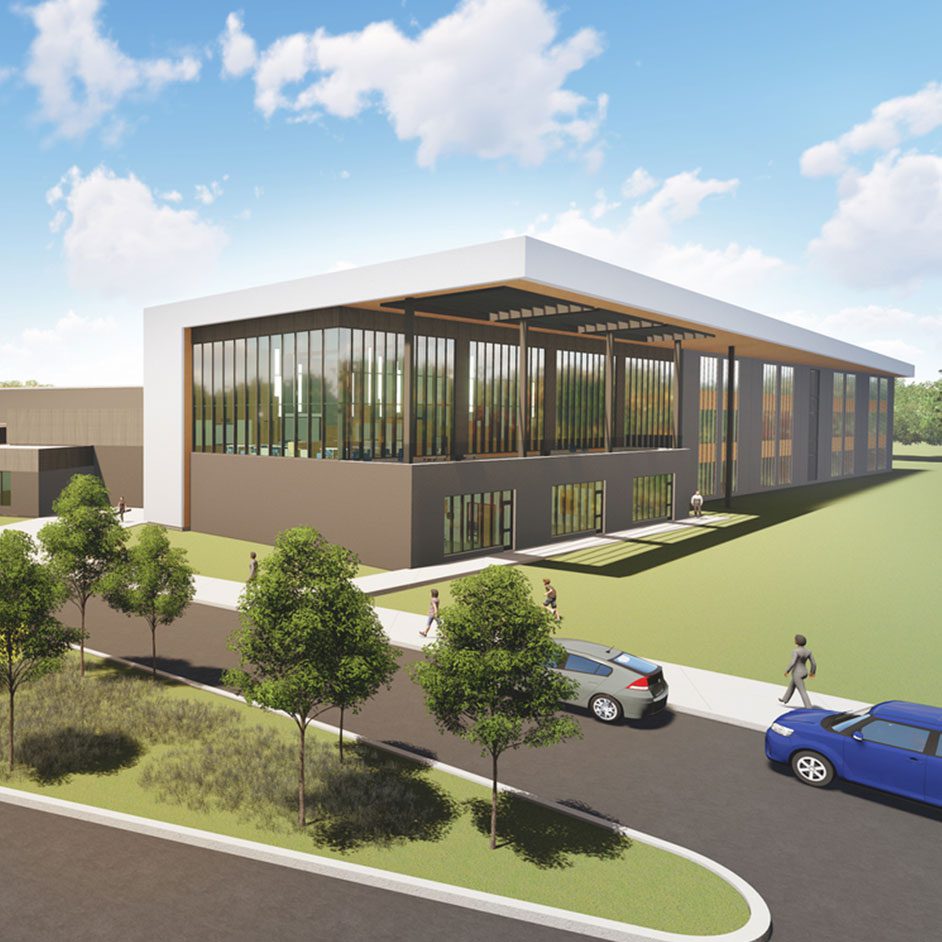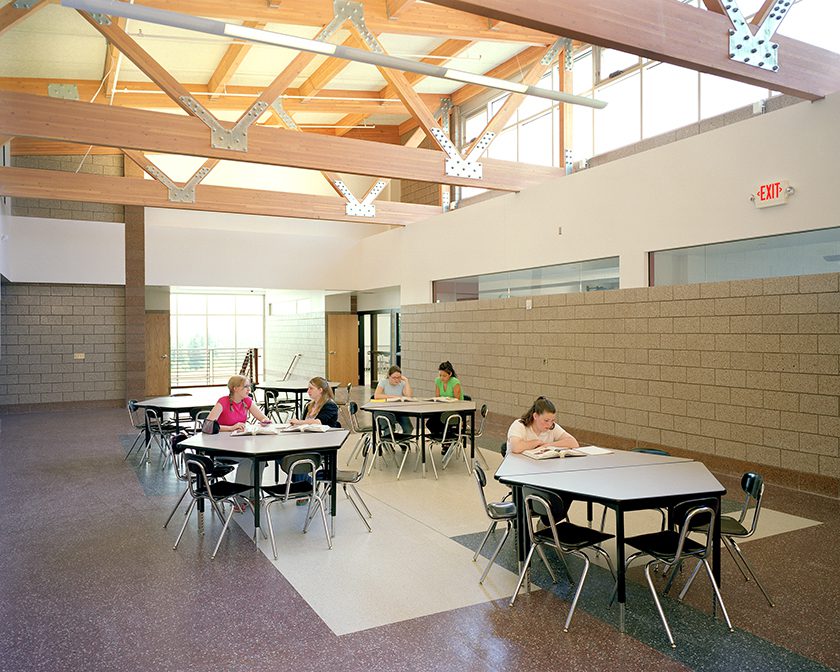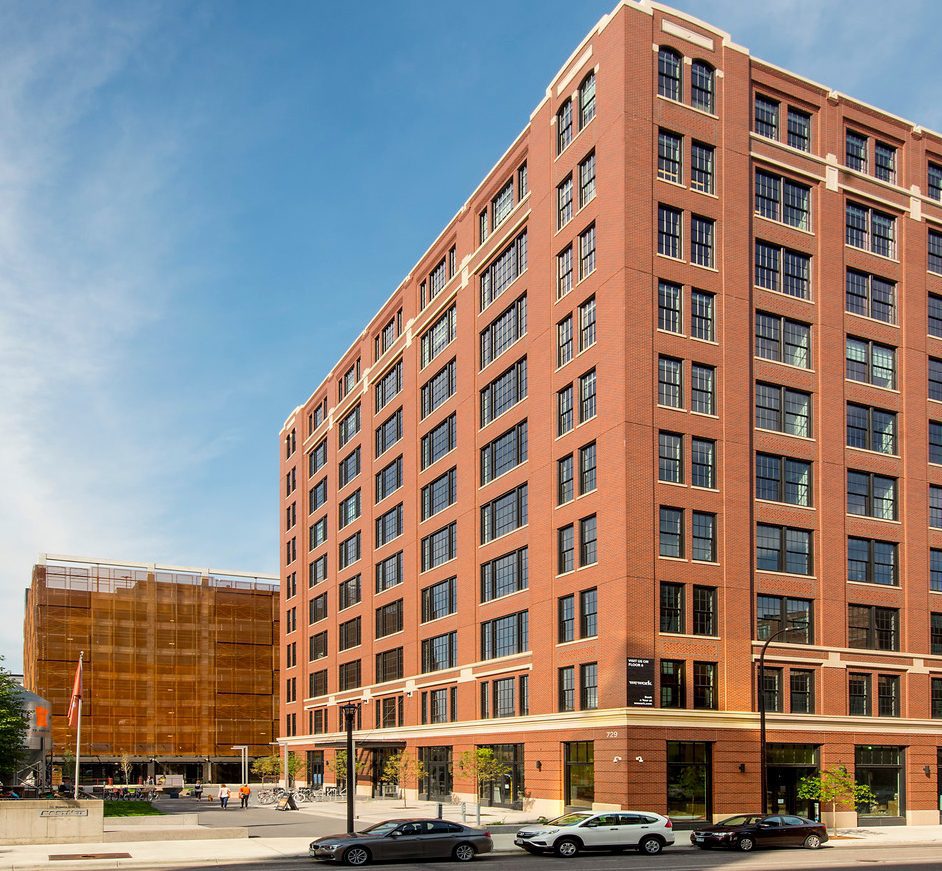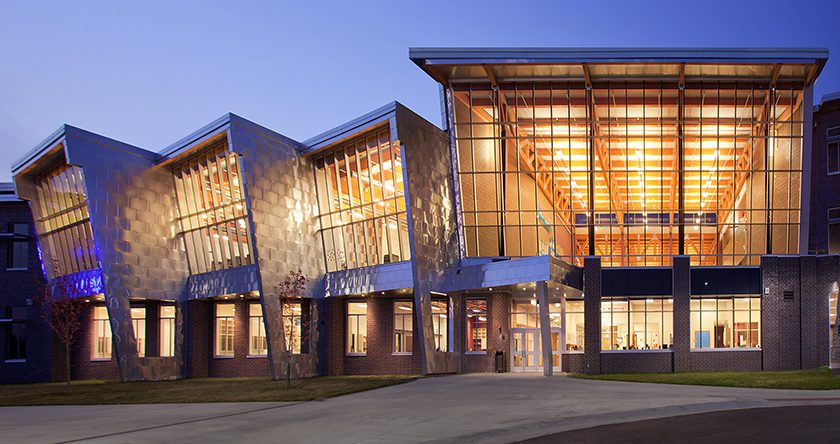

We recently sat down with Kevin Holm, an architectural Principal Manager, to discuss how LHB applies sustainable design in K-12 schools and how one of the most relied-upon sustainable design decisions – daylighting – results in better student performance.
The Educational Benefits of Sustainability
When asked to describe his design philosophy in relation to sustainability, Kevin stated, “Education and sustainable design have a lot of connections. When you look at student testing scores, alertness, and attentiveness, access to daylighting and high-quality air are two very important elements for positive student performance.”
Daylighting and Learning Capabilities
As Kevin explained, “The first daylighting studies go back to the turn of the last century when they were looking at factory workers. They produced more and did better when they had natural daylight, versus being in a black box. Those studies have evolved to tying environmental factors, such as daylighting, back to test scores and learning capabilities.”
According to the article “Natural Light and Productivity: Analyzing the Impacts of Daylighting on Students’ and Workers’ Health and Alertness,” 1 the addition of natural light improves student test scores by up to 20%. The article notes, “Students in classrooms with the most daylighting progress 20% and 26% faster in one year in math and reading tests respectively, compared to their counterparts in classrooms with little or no daylight.” They found the “lack of short-wavelength light in the morning brings about 30 minutes delay in the circadian phase for 8th-grade students”. They also noted the benefits daylighting has on students are also benefits for teachers, including increased mood, less absenteeism, and lower fatigue.

Daylighting and Building Orientation
Although daylight is beneficial, Kevin discussed controlling the daylighting by orientating the building to limit glare. He stated, “I personally do everything I can to make sure buildings are orientated on the east-west axis. With schools, it becomes even more important because when you start talking about glare, contrast ratio, and classrooms, early morning light and afternoon light come in directly and it’s affecting the new multimedia technology. And once teachers start closing the shades, you’re effectively losing the benefits of daylight.”
Carver Elementary, an on-going LHB project, demonstrates Kevin’s commitment to optimizing building orientation. He and David Booth, an architect at LHB, explored how to best position a new classroom wing on an existing school that had property line constraints. Due to site constraints, the building addition is placed on the north-south axis, as opposed to the ideal east-west axis. David produced multiple sun studies to identify a beneficial rotation off true north-south orientation to virtually eliminate the direct sun on the northwest side which can be a detriment to educational productivity. Below, a sketch by Aaron Hansen, an interior designer at LHB, shows the final angle of the addition.

Advocating for Sustainability
Kevin highlighted the importance of explaining the benefits of sustainability to clients stating, “Obviously one of the big concerns of districts is student performance. So if you have a district that’s not keen on sustainable design, if you talk about student test scores being better because of good daylighting and high-quality air, they start embracing sustainable aspects because they want the students to have a better chance of being successful.”
Kevin mentioned Becky Alexander’s work on implementing WELL Standards into LHB K-12 designs. Becky, an architect at LHB, stated, “Knowing the impact of the built environment on student health and learning, we have pulled wellness-oriented design strategies from leading green building programs – such as the WELL Building Standard and Minnesota’s B3 Guidelines – for use on our K-12 projects. Our design teams track the project’s status as the design progresses, and reports on the final outcomes.”
As LHB advances toward our IDT Vision goals, it is important that we continue to understand and document the full benefit of sustainable design in order to assist clients in the decision to build sustainable buildings.
1 Shishegar, Nastaran, and M. Boubekri. “Natural Light and Productivity: Analyzing the Impacts of Daylighting on Students’ and Workers’ Health and Alertness.” International Journal of Advances in Chemical Engineering and Biological Sciences 3, no. 1 (2016): 151-56. doi:10.15242/ijacebs.ae0416104.

